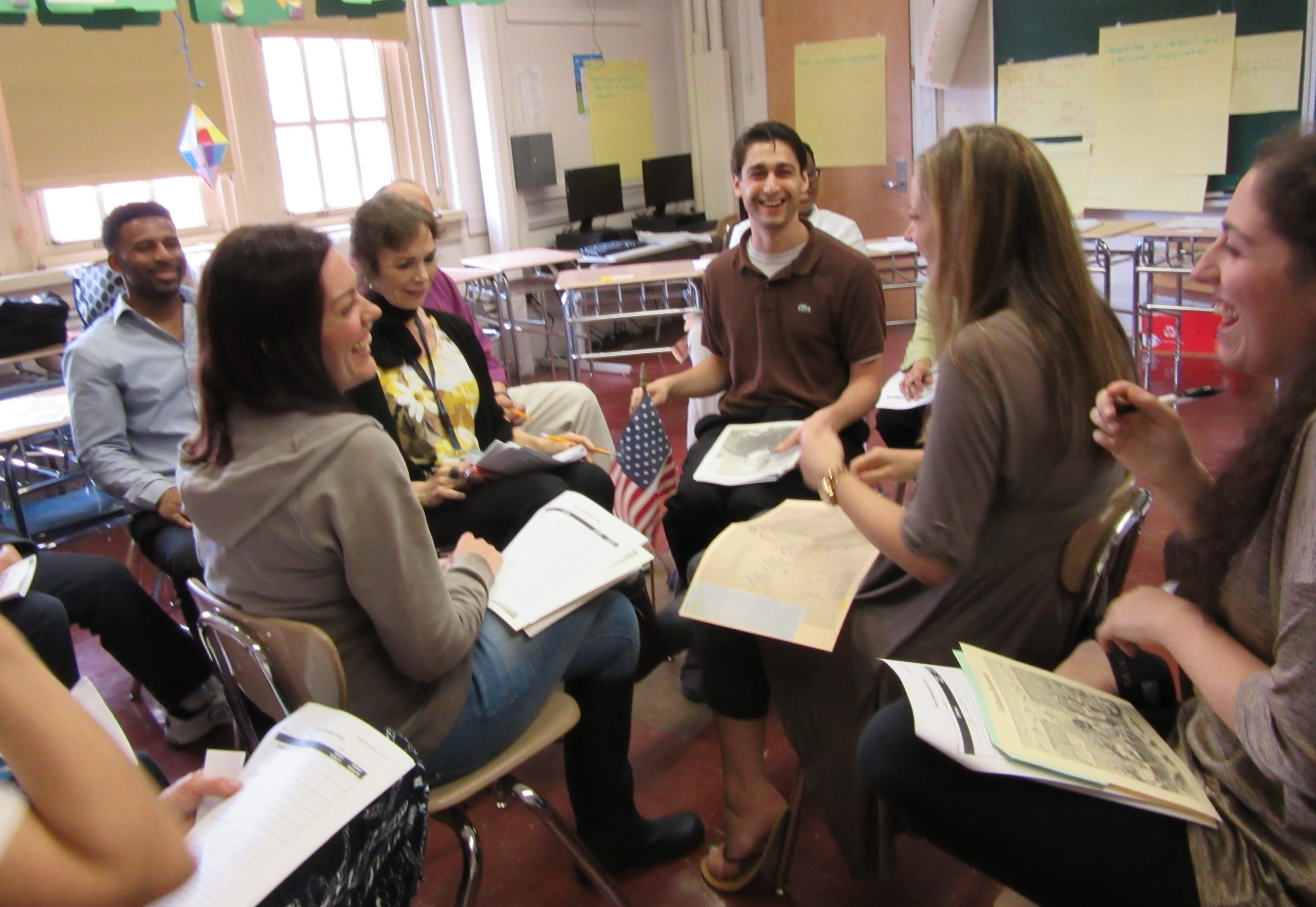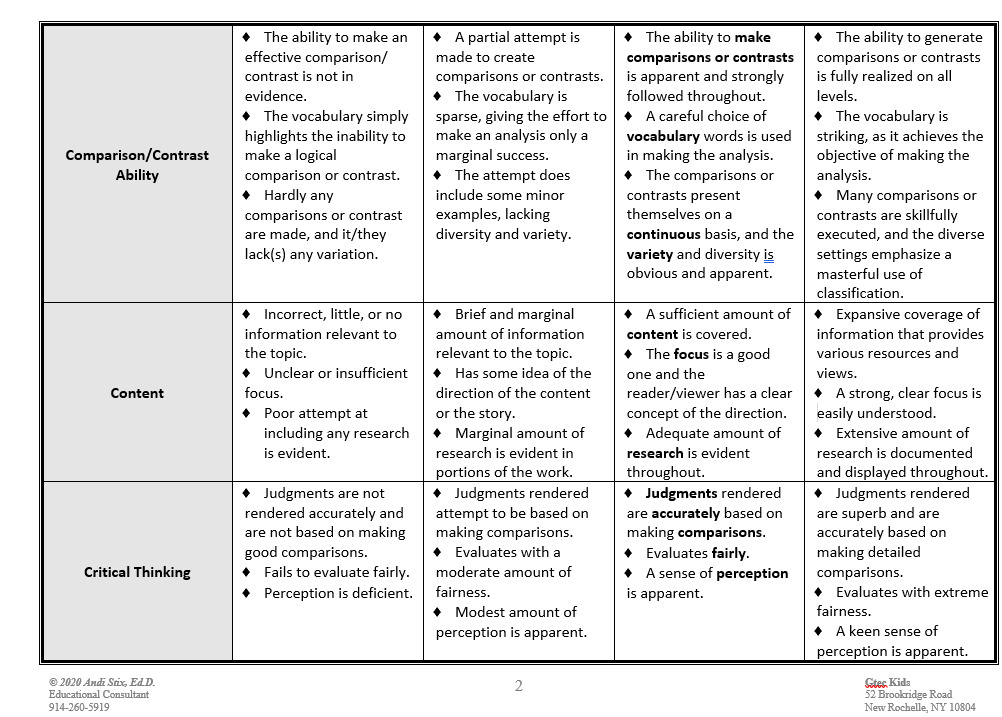Stix Discussion
The Stix Discussion (Stix 1999) is a discussion strategy that has four distinct viewpoints as well as an inner circle and an outer circle that equally participate in a discussion. This strategy is a modification of the inner-outer circle or fishbowl discussion. The students in the inner circle and the outer circle will change roles, so everyone gets an equal chance to participate. This strategy is appropriate for middle school through college-level classrooms.This strategy takes discussions to a more...
Read More












